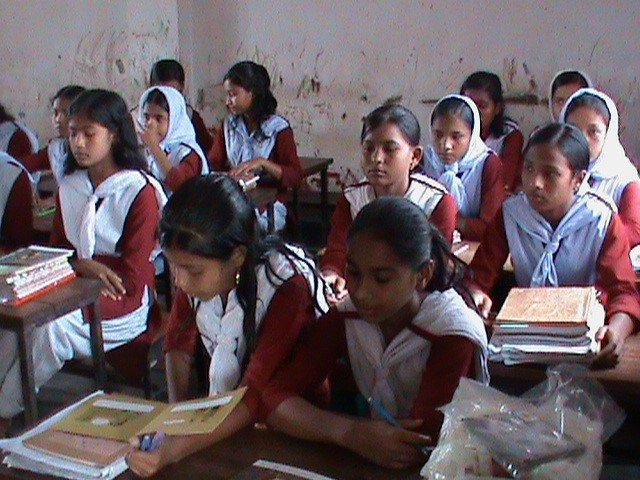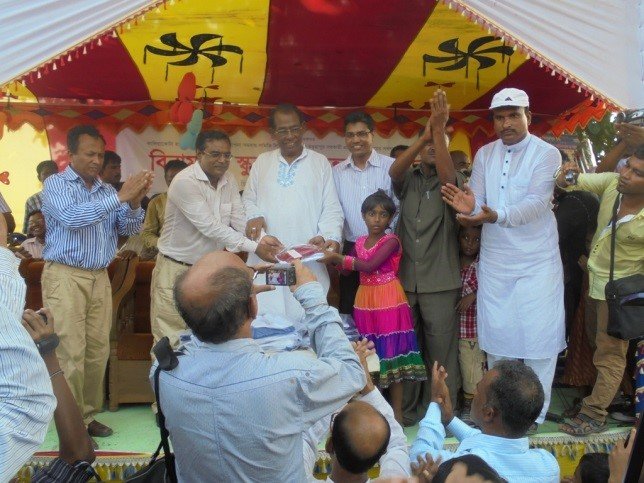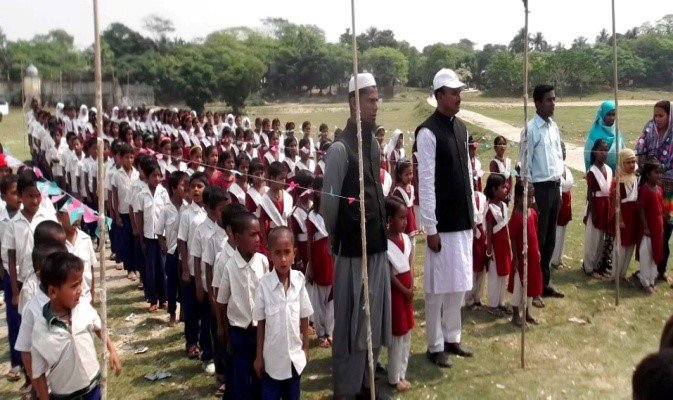The start of a new school year brings much excitement and anticipation for students and parents alike. Many poor families, however, miss out on that because they can’t afford the uniforms required for their children to attend school. And when resources are scarce, families often cover the cost of the boy’s uniforms before the girl’s, thereby closing the book on their daughter’s education.
CARE’s School Management Committees (SMC), however, are changing that, particularly in three villages in the Sunamganj area of Bangladesh, where the cost of uniforms had kept kids from school. This was especially true for girls whose families couldn’t afford the necessary school dresses.

The SMC in Perua village raised money to help those families cover the uniform cost, while the the SMC in Charnerchar village took an advocacy approach by urging parents to prioritize the cost of uniforms, and thereby education, particularly for their daughters.
The SMC in Madurapur village engaged community leaders around the issue and appealed to a local water management committee for funding.

“It used to make me cry, not being able to go to school because I had no uniform, “said Moni, a fifth grader. “My parents didn’t have enough money. Now that I have a school dress. And I’m really happy because I can spend happy time with my friends in school.”
